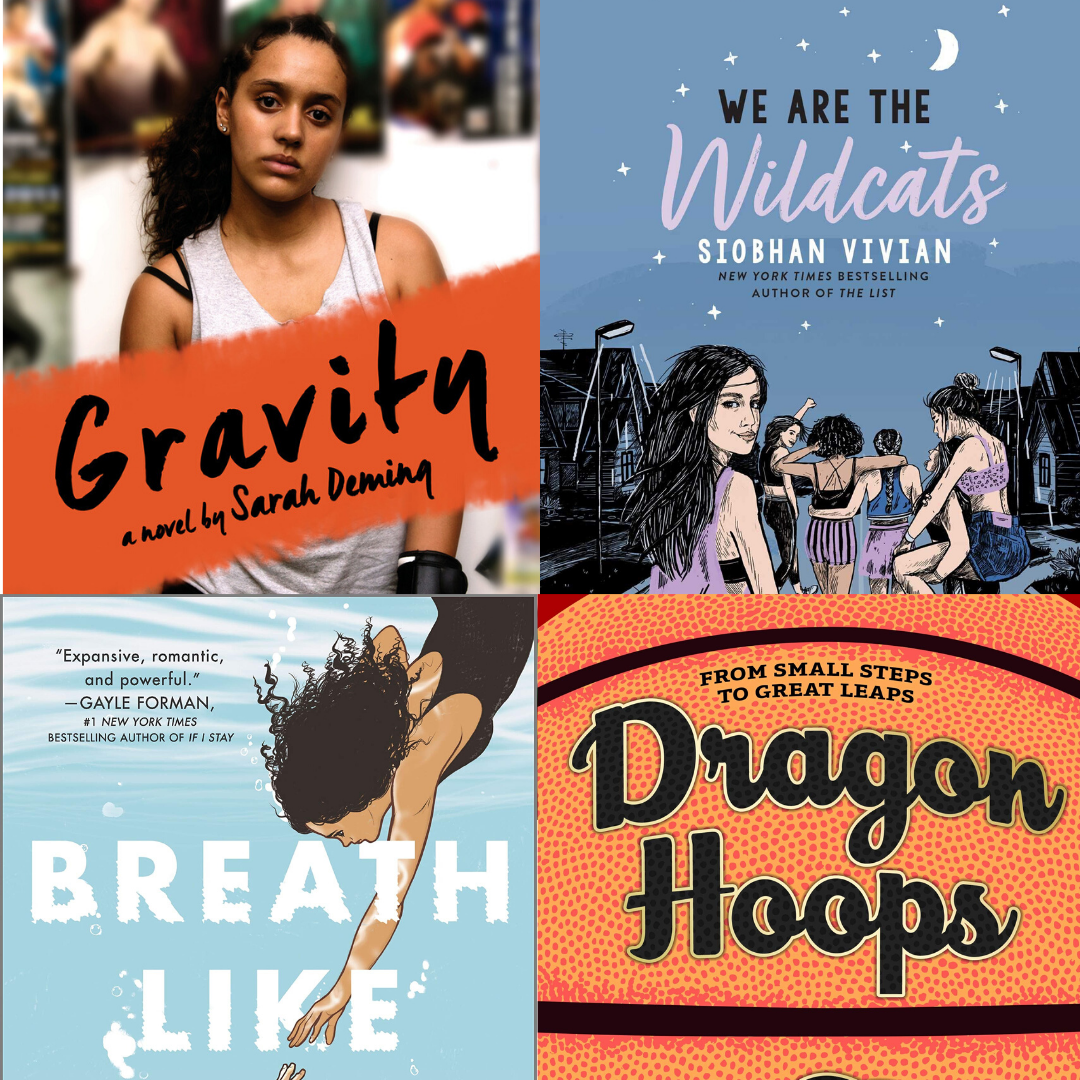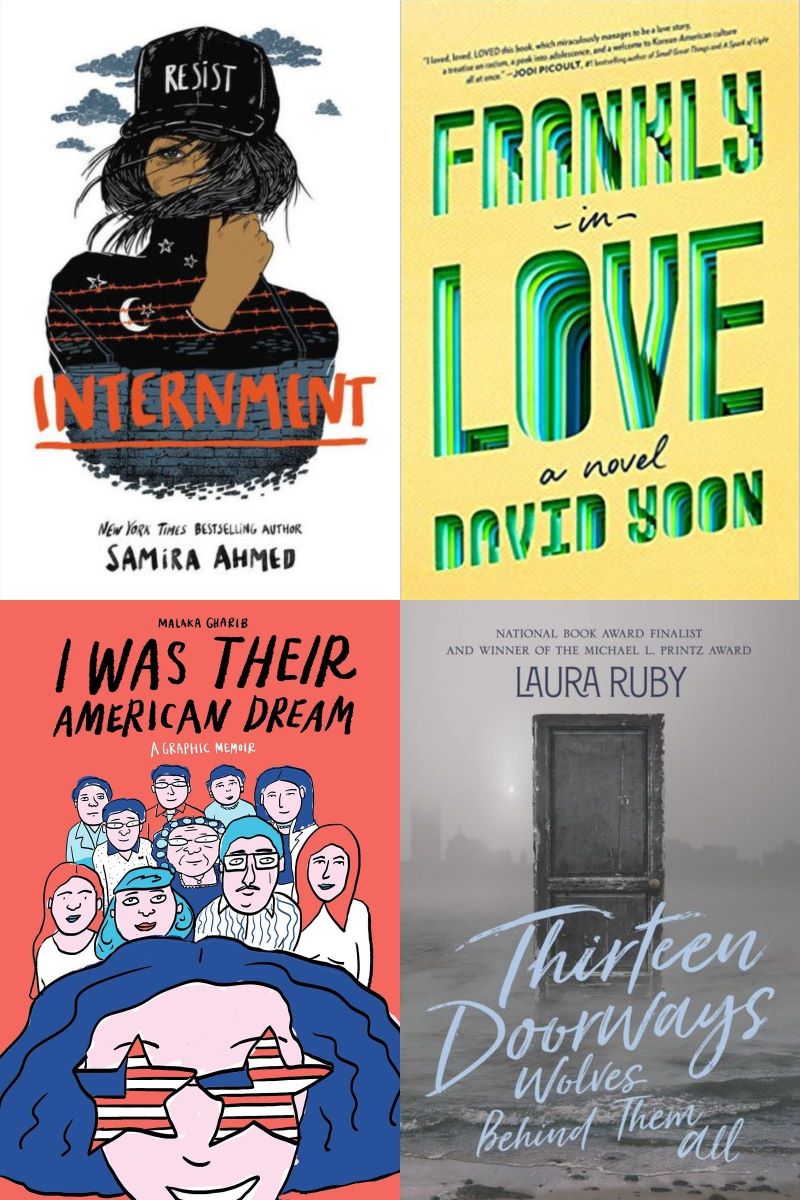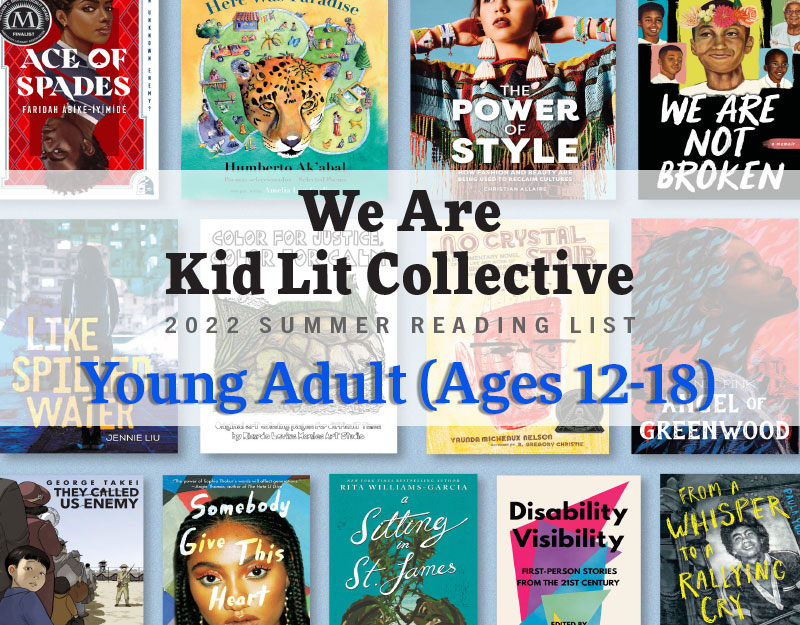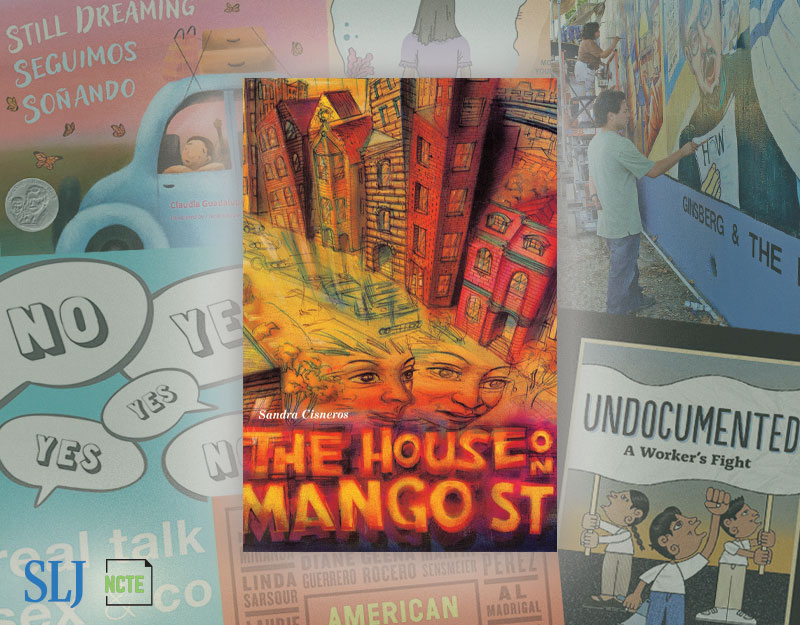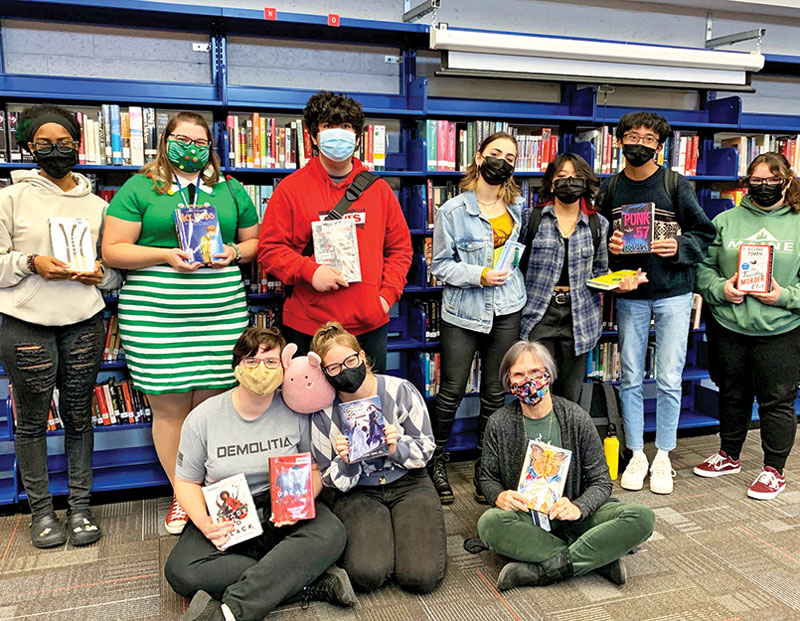WE NEED MORE HEROES OF COLOR IN MIDDLE GRADE FANTASIES: A SOUTH ASIAN PERSPECTIVE, a guest post by Payal Doshi
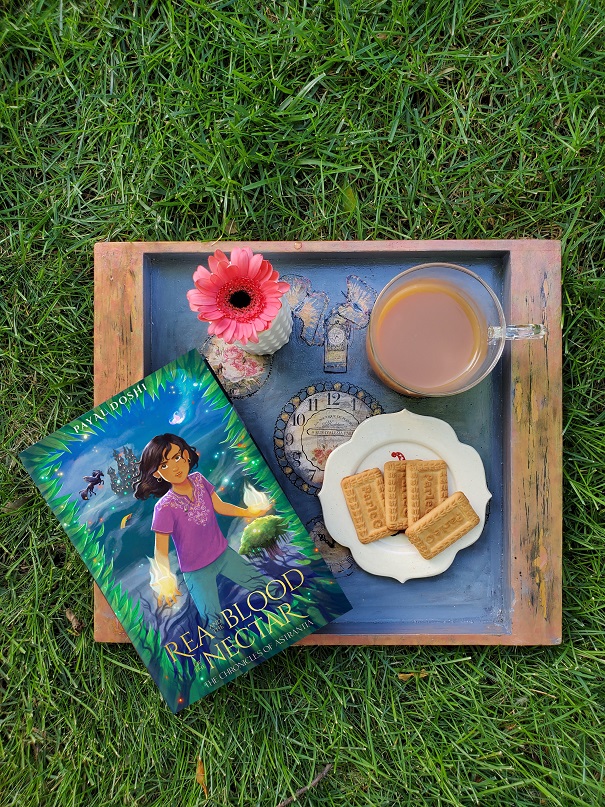
As a kid, any free time I got, I devoured books. I read about kids who traveled to fantasy lands through a wardrobe, carried out investigations as amateur detectives, navigated the politics of school, had crushes and heartbreaks, and became heroes who saved realms with their magical powers. Oh, I loved these books! And yet, not one of them had characters who looked like me: a brown Indian girl.
India alone has a population of 1.3 billion people. Add in the diaspora which is spread across the world and that’s about another 18 million people. When there are so many of us, why do I rarely find South Asian kids on the cover of books especially those who are magic-wielding, realm-saving main characters?
ADVERTISEMENT
ADVERTISEMENT
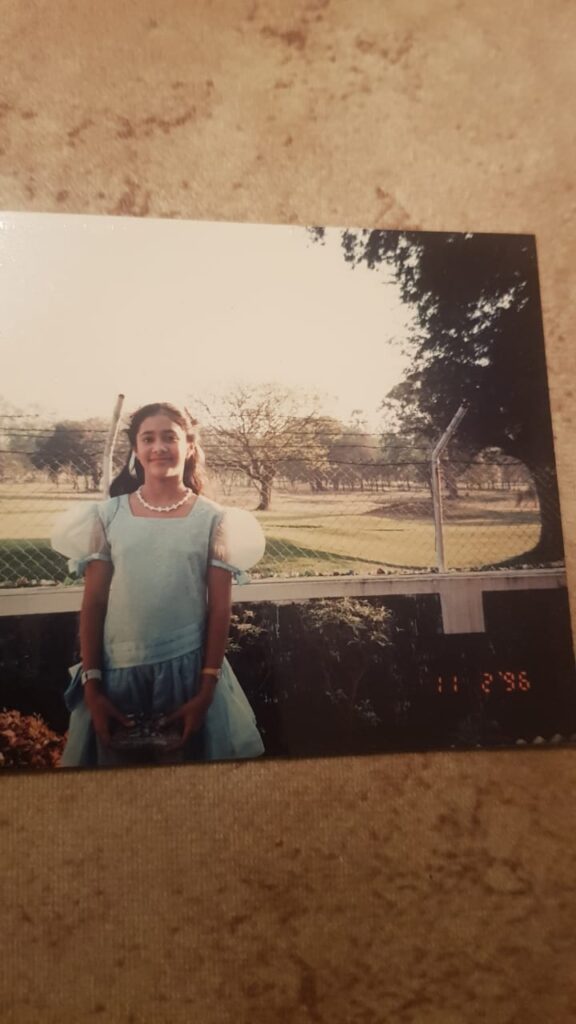
Thanks to initiatives for diverse books, the statistic is changing, and we are seeing more books with South Asian main characters (although there is a long way to go). However, a majority of the books being published center on stories of struggle. These stories delve into important subjects such as the immigrant experience, finding one’s identity in a foreign land, fitting in while sustaining microaggressions, tackling racism, learning the language, or escaping poverty and hardship for a better life. These stories are vital. These stories are needed. These stories open a door into a life many haven’t seen.
But these are not our only stories. The South Asian narrative is multifaceted with myriad, if not a countless, stories.
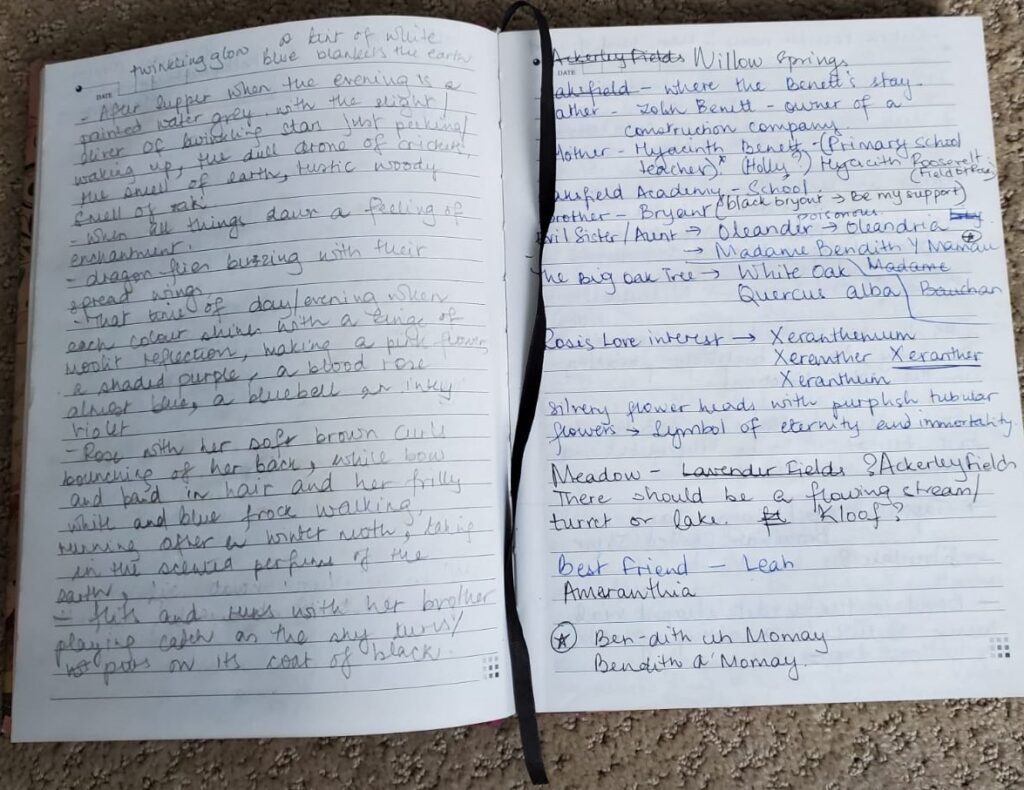
When I first began writing my debut novel, Rea and the Blood of the Nectar, I wrote all 70,000 words of it with white characters who lived in the English countryside. I was an adult, nearly 24 years old when I wrote the first draft. Never having seen myself in ‘happy’, ‘joyful’, ‘adventurous’, or ‘magical’ stories as a kid, my subconscious led me to write about characters who I had read about umpteen number of times doing those exact things, except they looked nothing like me. The plot of my novel was not based on the immigrant experience or rooted in the challenges of living in poverty or war (in the case of historical fiction), so I assumed no one wanted to read a book about a girl like me from India, going on an adventure, discovering she had magic, and being the ‘chosen one’ to save her brother and a magical realm.
I didn’t think my Indian background was interesting enough to be the driving force of an exciting, heroic story. Since I had only ever read children’s books with white characters, it had trained my mind into thinking that those were the stories worth telling. That my own story, one that I hadn’t ever read about or seen portrayed, was not worth telling. Without my knowing it, this diminished my identity, my experiences, my uniqueness, and my self-worth.
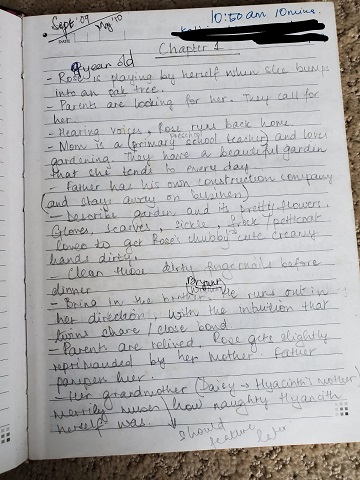
When my writing teacher in India asked me with great disappointment why I hadn’t chosen to write about Indian kids (it was clearly not the first time she had come across a young Indian writer who had written about white characters), I felt deflated. I loved my life in India. I loved the food, the culture, the clothes, the deep sense of family, my years of schooling and university. I realized I should be proud of writing about my experiences and celebrating them with the world. If Lyra Belacqua, Harry Potter, and Nancy Drew can have incredible adventures, why can’t an Indian kid have them too? A girl like me never got to be the hero, have magic, or save a realm.
Right then, I knew I wanted to change that. So, I wrote a fantasy story rooted in Indian culture with Indian kids going off on thrilling adventures and becoming heroes. It’s a story I would have loved to read as a kid and one in which I saw myself.
Diverse representation, especially South Asian representation, is a mission close to my heart. I believe all kids should see themselves represented in books because each kid should know that they can be the heroes of their own stories. I want South Asian kids to feel seen when they read my book, feel joy and pride for their culture, and believe that their stories can be fun, fierce, and empowering too. Themes in children’s books about family, friendship, discovering your identity, the trials of growing up, dealing with complex emotions like grief, loss, death, as well as the exhilaration of escaping into fantasy lands and being a hero are themes every kid can relate to no matter the color of their skin, the location of their home, or their race and nationality.
My hope is for all types of narratives from underrepresented minorities to be brought to the forefront. Kids from marginalized backgrounds shouldn’t have to be typecast into having only one kind of story define their whole existence. We need to see kids from marginalized backgrounds in every avatar: from neurotypical, neurodiverse, queer, to disabled kids being portrayed as heroes, leaders, realm savers, popular kids, magic-wielding rebels with a cause, sci-fi explorers, and those who fall in love.
We, each, have our own hardships, struggles and insecurities but we also want to share joy, feel special, and be the ‘chosen ones’. Only by sharing varied narratives of marginalized groups will we create a world where people see each other without bias against the culture or the color of their skin.
So, let’s break stereotypes. Let’s broaden the perspectives of our young readers. Let’s unshackle our minds from the boxes we put others into without fully knowing their stories.
And until this revolutionary change comes, I’m going to write stories with flawed, fierce, and fabulous South Asian characters who go on adventures, solve mysteries, find love, be heroic, wield magic, and are unapologetically themselves.
Meet the author

ADVERTISEMENT
ADVERTISEMENT
Payal Doshi has a Masters in Creative Writing from The New School, New York. Having lived in India, the UK, and US, she noticed a lack of Indian protagonists in global children’s fiction and one day wrote the opening paragraph to what would become REA AND THE BLOOD OF THE NECTAR, her debut middle grade novel. Raised in Mumbai, India, she currently lives in Minneapolis, MN and can be found daydreaming about fantasy realms to send her characters off into. Learn more at www.payaldoshiauthor.com, @payaldoshiauthor on Instagram and @payaldwrites on Twitter.
About Rea and the Blood of the Nectar
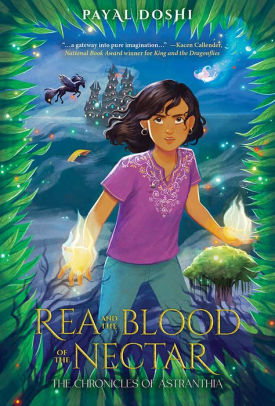
It all begins on the night Rea turns twelve. After a big fight with her twin brother Rohan on their birthday, Rea’s life in the small village of Darjeeling, India, gets turned on its head. It’s four in the morning and Rohan is nowhere to be found.
It hasn’t even been a day and Amma acts like Rohan’s gone forever. Her grandmother, too, is behaving strangely. Unwilling to give up on her brother, Rea and her friend Leela meet Mishti Daadi, a wrinkly old fortuneteller whose powers of divination set them off on a thrilling and secret quest. In the shade of night, they portal to an otherworldly realm and travel to Astranthia, a land full of magic and whimsy. There with the help of Xeranther, an Astranthian barrow boy, and Flula, a pari, Rea battles serpent-lilies and blood-sucking banshees, encounters a butterfly-faced woman and blue lizard-men, and learns that Rohan has been captured. Rea also discovers that she is a princess with magic. Only she has no idea how to use it.
Struggling with the truth her Amma has kept hidden from her, Rea must solve clues that lead to Rohan, find a way to rescue him, and save Astranthia from a potentially deadly fate. But the clock is ticking. Can she rescue Rohan, save Astranthia, and live to see it all?
ISBN-13: 9781645437635
Publisher: Mango & Marigold Press
Publication date: 06/15/2021
Age Range: 9 – 12 Years
Filed under: Uncategorized
About Amanda MacGregor
Amanda MacGregor works in an elementary library, loves dogs, and can be found on Twitter @CiteSomething.
ADVERTISEMENT
ADVERTISEMENT
SLJ Blog Network
2024 Books from Pura Belpré Winners
In Memorium: The Great Étienne Delessert Passes Away
Winnie-The-Pooh | Review
Parsing Religion in Public Schools
ADVERTISEMENT



